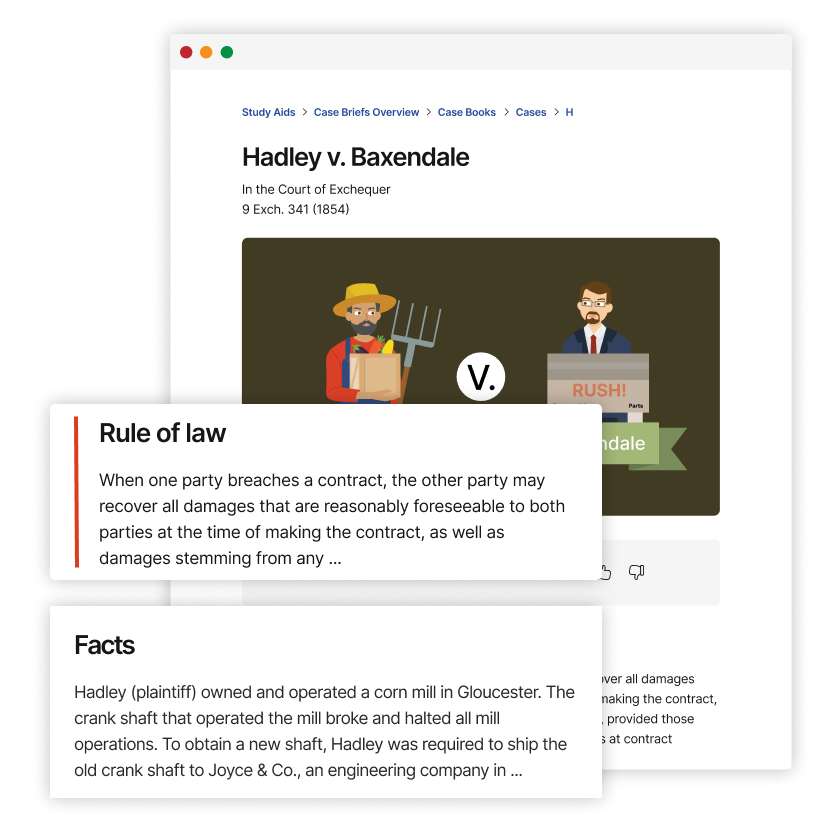Abay v. Ashcroft
United States Court of Appeals for the Sixth Circuit
368 F.3d 634 (2004)
- Written by Mary Katherine Cunningham, JD
Facts
Yayeshwork Abay and her daughter Burhan Amare (defendant) entered the United States from Ethiopia, and Attorney General John Ashcroft (plaintiff) initiated deportation proceedings before an immigration judge (IJ). During the deportation proceedings, Abay testified that she experienced female circumcision, also known as female genital mutilation (FGM), at age nine. Abay testified that she and her husband managed to prevent her daughters from experiencing FGM, but her mother wanted Abay’s daughters to be circumcised before their marriages. Abay testified that she brought Amare, her youngest daughter, to the United States to prevent Amare’s circumcision. At the deportation proceedings, Amare testified through a sign-language interpreter that she knew about FGM and that she did not want to be subjected to FGM. Amare also testified that she feared returning to Ethiopia because she feared her relatives or future in-laws would force her to be circumcised. At the deportation proceedings, Abay and Amare also introduced documentary evidence from the United States State Department, which indicated that FGM was nearly universal in Ethiopia. The IJ denied Abay and Amare’s applications for asylum, and Abay and Amare appealed to the Board of Immigration Appeals (BIA). The BIA affirmed the IJ decision, causing Abay and Amare to appeal to the Sixth Circuit. Amare argued she was eligible for asylum on the basis of her own fear of FGM, and Abay argued she was eligible because she feared her daughter would face FGM. Abay argued the BIA previously granted asylum on the basis of physical harm done to a family member. The attorney general opposed Abay’s applications for asylum, arguing no authority existed to grant Abay asylum based on her fear that Amare would undergo FGM.
Rule of Law
Issue
Holding and Reasoning (Merritt, J.)
What to do next…
Here's why 899,000 law students have relied on our case briefs:
- Written by law professors and practitioners, not other law students. 47,000 briefs, keyed to 994 casebooks. Top-notch customer support.
- The right amount of information, includes the facts, issues, rule of law, holding and reasoning, and any concurrences and dissents.
- Access in your classes, works on your mobile and tablet. Massive library of related video lessons and high quality multiple-choice questions.
- Easy to use, uniform format for every case brief. Written in plain English, not in legalese. Our briefs summarize and simplify; they don’t just repeat the court’s language.




